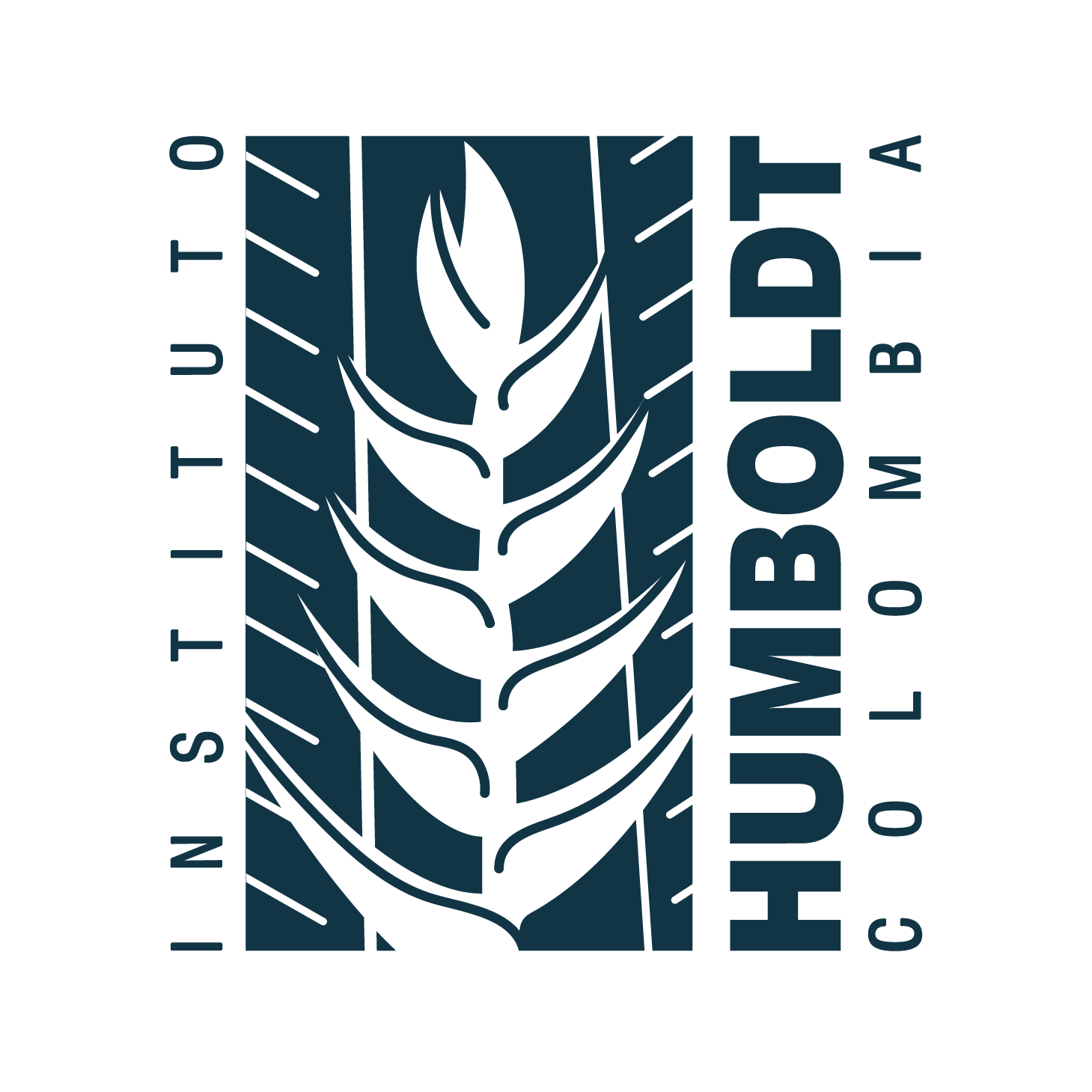Publicación: Colonizer plant species of sites disturbed by mining in the Chocoan rain forests, Colombia
| dc.creator | Valois-Cuesta, Hamleth | |
| dc.creator | Martínez-Ruiz, Carolina | |
| dc.date | 2017-12-06 | |
| dc.date.accessioned | 2024-05-27T17:11:19Z | |
| dc.date.available | 2024-05-27T17:11:19Z | |
| dc.description | The Chocó (Colombia) is a region with high biodiversity but dramatically affected by mining. In this work, vascular plant species that colonize abandoned mines in the rain forests of Chocoan region were identified. In particular, plants were collected from different landforms in seven abandonment mines (3-15 years of abandoned after mining activity) of three municipalities in the Chocó region. Sixty-six species, 47 genera and 22 families were identified. The most representative families were Cyperaceae (14.9 % genera and 25.8% species), Melastomataceae (14.9 and 15.2%) and Rubiaceae (10.6 and 12.1%), while the more species-rich genera were Cyperus (8.5% species), Rhynchospora (8.5%), Scleria (6.4%) and Spermacoce (6.4%). The dominant life form was herbaceous (80.3% species) and more species-rich habitats were non-flood plains (36.3% species), the mine-forest edge (34.8%) and flood depressions (31.8%). The flood depressions included more exclusive species (42.8%, n = 42). Early revegetation of mine depends on the life history of colonizing plants and factors associated with the substrate. | en-US |
| dc.description | El Chocó biogeográfico (Colombia) es una región biodiversa pero afectada drásticamente por la minería. Eneste trabajo, se identificaron las especies de plantas vasculares que colonizan áreas afectadas por minería enbosques de la región; en concreto, se recolectaron plantas en diferentes formaciones topográficas de siete minasabandonadas (3-15 años de abandono después del cese de la actividad minera) en tres municipios de la región.Se identificaron 66 especies, 47 géneros y 22 familias. Las familias más representativas fueron Cyperaceae(14,9 % géneros y 25,8 % especies), Melastomataceae (14,9 y 15,2 %) y Rubiaceae (10,6 y 12,1 %), mientrasque los géneros con más especies fueron Cyperus (8,5 % especies), Rhynchospora (8,5 %), Scleria (6,4 %) ySpermacoce (6,4 %). La forma de vida predominante fue la herbácea (80,3 % especies) y los hábitats con másespecies fueron las llanuras no inundables (36,3 % especies), el ecotono (34,8 %) y las depresiones cenagosas(31,8 %). Las depresiones cenagosas incluyeron más especies exclusivas (42,8 %, n = 42). La revegetacióntemprana de las minas depende de la historia de vida de las plantas colonizadoras y de factores asociados alsustrato. | es-ES |
| dc.format | application/pdf | |
| dc.identifier | https://revistas.humboldt.org.co/index.php/biota/article/view/459 | |
| dc.identifier | 10.21068/c2017.v18n01a7 | |
| dc.identifier.uri | https://hdl.handle.net/20.500.11761/36705 | |
| dc.language | spa | |
| dc.publisher | Instituto de Investigación de Recursos Biológicos Alexander Von Humboldt | es-ES |
| dc.relation | https://revistas.humboldt.org.co/index.php/biota/article/view/459/446 | |
| dc.rights | Derechos de autor 2017 Instituto de Investigación de Recursos Biológicos Alexander Von Humboldt | es-ES |
| dc.source | Biota Colombiana; Vol. 18 No. 1 (2017); 88-104 | en-US |
| dc.source | Biota Colombiana; Vol. 18 Núm. 1 (2017); 88-104 | es-ES |
| dc.source | 2539-200X | |
| dc.source | 0124-5376 | |
| dc.subject | Gold mining. Habitat preference. Herbaceous vegetation. Primary succession. Species richness | en-US |
| dc.subject | Minería aurífera | es-ES |
| dc.subject | Preferencia de hábitat | es-ES |
| dc.subject | Riqueza de especies | es-ES |
| dc.subject | Sucesión primaria | es-ES |
| dc.subject | Vegetación herbácea | es-ES |
| dc.title | Colonizer plant species of sites disturbed by mining in the Chocoan rain forests, Colombia | en-US |
| dc.title | Especies vegetales colonizadoras de áreas perturbadas por la minería en bosques pluviales del Chocó, Colombia | es-ES |
| dc.type | info:eu-repo/semantics/article | |
| dc.type | info:eu-repo/semantics/publishedVersion | |
| dc.type | Artículo evaluado por pares | es-ES |
| dc.type | Investigación pura | es-ES |
| dspace.entity.type | Publication |

